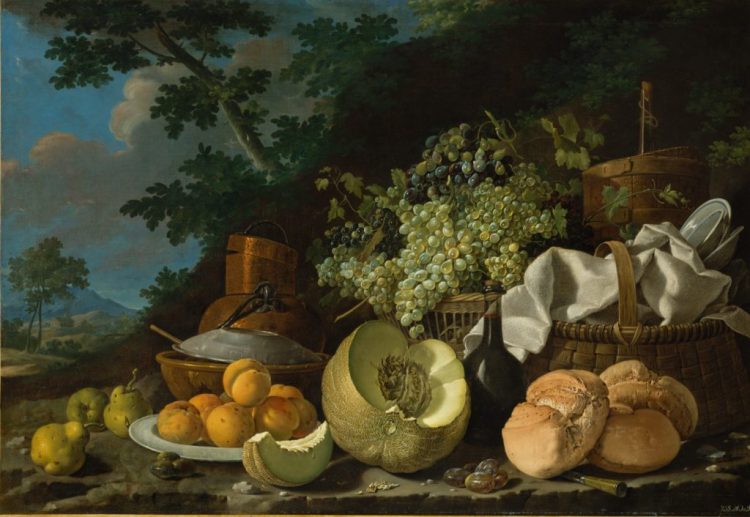Grow a Pear
Q.
It’s all about the apple. Apples, apples, apples. But, when it comes to pome fruit, there is another member with a storied history: the pear. How were pears used centuries back?
.
A.
It’s not all about Flashy Cousin Apple. The low key Pear has also had its time at the top of the fruit stand.
A prescription dated back to 2750 BC had but three ingredients: pears, thyme and figs. The doctor was to mash the pears, figs and thyme together until smooth. Next step? ‘Pour ale over it, rub with oil and fasten as a poultice.’
Said Pliny the Elder (He lived from 23 to 79 AD. Don’t try this in 2023): ‘The wild pear ripens but very slowly. Cut in slices and hung in the air to dry, it arrests looseness of the bowels, an effect which is equally produced by a decoction of it taken in drink; in which case the leaves are also boiled together with the fruit. The ashes of pear-tree wood are even more efficacious as an antidote to the poison of fungi.’
In the 1597 Herball, Gerard wrote: ‘The harsh and austere pears may with good success be laid upon hot swellings in the beginning, as may be the leaves or the tree, which do both bind and cool. Wine made of the juice of pears called in English Perry, is soluble, purgeth those that are not accustomed to drinke thereof; notwithstanding it is as wholesome a drink being taken in small quantity as wine; it comforteth and warmeth the stomach, and causeth good digestion.’
Across many cultures, the curvaceous pear was even considered an aphrodisiac. Italian poet Tommaso Campanella (1568-1639), for instance, wrote a sonnet ‘on the occasion of a gift of pears sent to the author by his lady, which were nibbled by her teeth…a cherished gift between lovers.’
.
www.justcurious.ca
Header Image: The Afternoon Meal (La Merienda) Luis Meléndez. 1772








